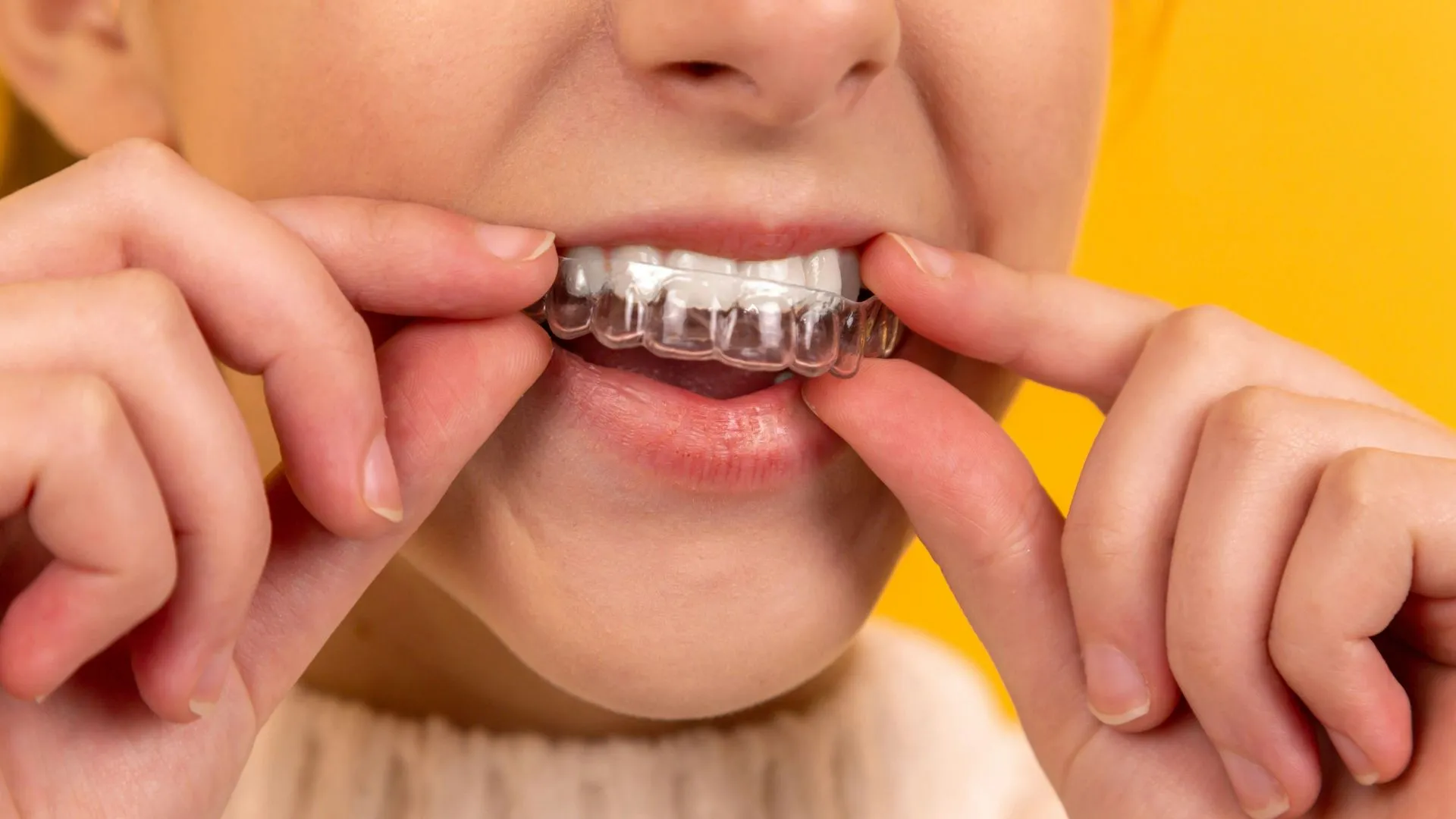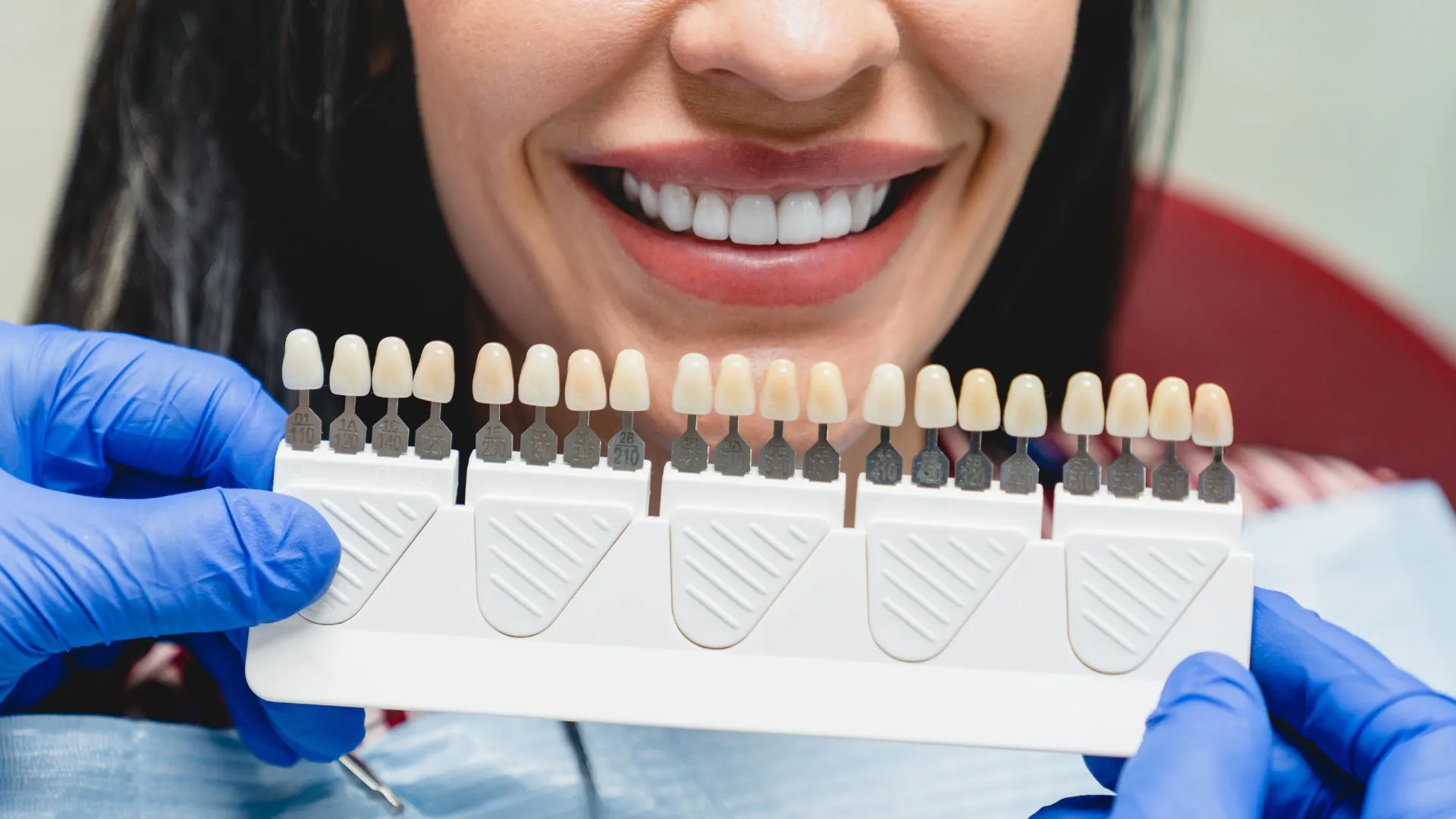Do you feel conscious about your smile because of uneven, smaller front teeth?
Do you feel conscious about your smile because of uneven, smaller front teeth?
Peg lateral teeth are unusually shaped upper lateral incisors located beside the central ones. Since they form a major part of our smile, it is natural to feel conscious about not having your teeth perfectly aligned.
But you don’t have to because there are several ways to get them corrected using peg lateral bonding treatments. And out of the ones we have discussed here, none of them involves painful breaking or removal of the tooth!
Sounds interesting? Let’s cover your basics about peg teeth and discover more about peg lateral teeth bonding, its procedure, treatment options, and more through this blog.

What are peg laterals?
Peg laterals are the smaller than usual teeth that border the two central front lateral incisors in the upper jaw. They are conical in shape and might look like Dracula’s teeth, only smaller.
Structurally, peg lateral teeth are either underdeveloped or deformed, meaning they are either your only remaining deciduous teeth (milk teeth) or have not developed well-enough during permanent teeth formation. Some research has also attributed the development anomaly to poor oral hygiene.
The lack of uniformity between the upper teeth often creates gaps that are quite apparent when they talk and smile. It can also cause discomfort while eating and problems with maintaining proper oral hygiene.
They belong to the family of incisors and are, therefore, also referred to as peg lateral incisors.
What is peg lateral bonding?
Peg lateral bonding refers to the bonding of peg lateral incisors with a material that is similar in color and texture to the tooth. The purpose is to change the teeth’ shape to make them look uniform, aligned, eliminating gaps, filling cavities, and restoring a full smile.
Out of the several methods and treatments used to fix peg laterals, bonding is one of the quickest and cheapest alternatives. A typical peg lateral composite bonding lasts for 6 to 8 years. However, its degradation depends on the patient’s chewing habits and eating patterns.
How does it work?
Peg lateral bonding works like any other tooth bonding and basically involves placing resin on the patient’s teeth and then molding it to give the desired shape.
The resin is chosen after matching the shade with the natural color of the tooth. The common teeth grinding process then follows so that the resin mold adheres to the teeth tightly. An adhesive, commonly phosphoric acid, is used between the two. In the end, UV light is concentrated on the corrected area to ensure bonding between the teeth and resin, thereby leaving a fused single structure.
The entire process requires precision, especially with color, consistency, and symmetry, and that is why it is known as a cosmetic treatment.
How much does peg lateral bonding cost?
Peg lateral bonding is generally considered to be a cheaper alternative among several peg lateral correction treatments. The price-determining factors mainly include the dental brand, professional expertise of the dentist and/or orthodontist, spacing, and realignment (if required), among others.
The average cost can vary anywhere around $300 to $600 per tooth. However, additional supportive procedures during the treatment can increase the price. Many dental insurance plans cover the expenses for dental bonding, and since peg lateral bonding is a structural type, you have a good chance of getting it covered.
What are the other treatment options for peg lateral?
While peg lateral bonding is one of the quickest, cheapest, and easiest solutions to fixing peg laterals, several other treatment options provide a few advantages over dental bonding. The most renowned ones include the following:
Porcelain Veneers
Dental veneers are shells attached to the teeth as a corrective cosmetic procedure to cracked, chipped, broken, discolored, or peg teeth. Porcelain veneers have a toothy look and texture and are stuck to the tooth after grinding and cementing.
Porcelain veneers are mostly preferred over peg lateral bonding for 2 reasons:
- Porcelain veneers are superior to dental bonding in terms of aesthetics. They look more natural and consistent.
- Veneers are generally more long-lasting, most averaging at about 15 years. Moreover, they look the same through the years, while peg laterals might retain stains.
However, this option is more expensive and time-consuming than peg lateral bonding. In fact, when getting a peg lateral corrected through this treatment, most patients get porcelain veneers for all of the top front teeth to maintain a consistent and symmetrical smile. This multiplies the expense.
Dental Crowns
The most popular material used to make dental crowns is the same as veneers — porcelain. In fact, the treatment also involves a similar procedure. The only difference is structural. A dental crown envelops the entire tooth up to the gums, whereas a veneer only acts as a shield at the front.
The grinding and teeth reduction part is more extensive in this case so that the crown can properly sit in place. The plus point is that it is known to last even longer than veneers, with good maintenance even 30 years.
Bioclear Matrix
By far the most contemporary technique, Bioclear Matrix involves a two-phase process to teeth restoration and restructuring. The most aesthetic results among the three and last for an average span of about 10 years.
One phase involves developing and placement clear plastic matrices and composite resin that are engineered to match the patient’s tooth color. The other phase involves the warm injection technique through which the porcelain is molded around the teeth.
Although more expensive than peg lateral bonding, this is a cheaper alternative to veneers and crowns.
Conclusion
Peg lateral incisor bonding is an excellent option to get one or two teeth corrected. It can provide an efficient and durable solution to restore your smile with a decent life span.
However, there are several other options available that might be more suited to your teeth, oral conditions, and preferences. It is best to consult a specialist to decide on the best treatment for you.



